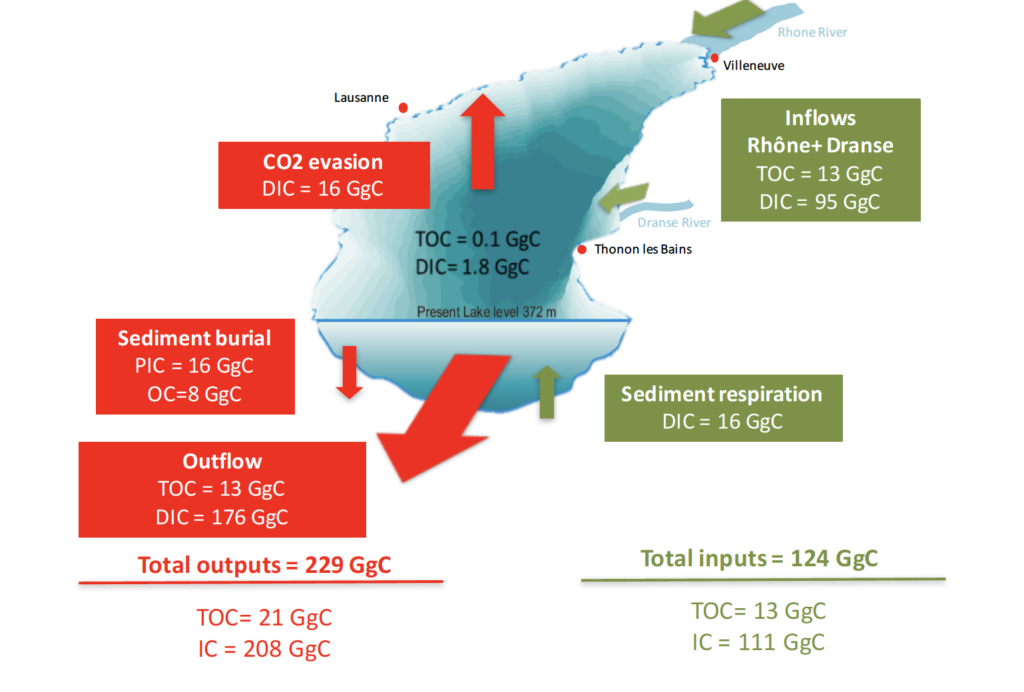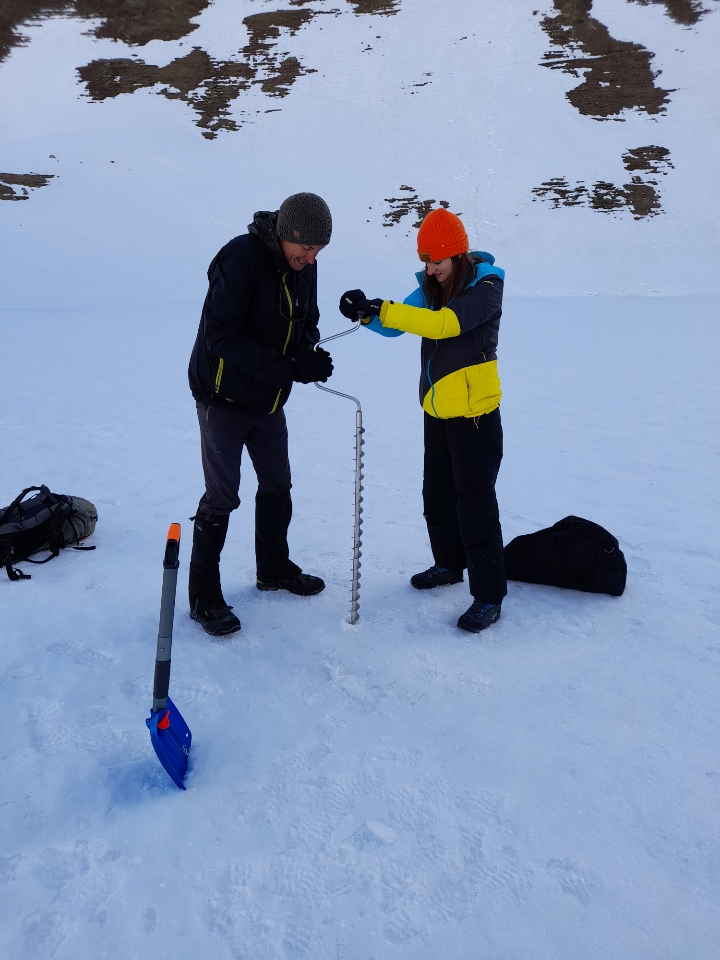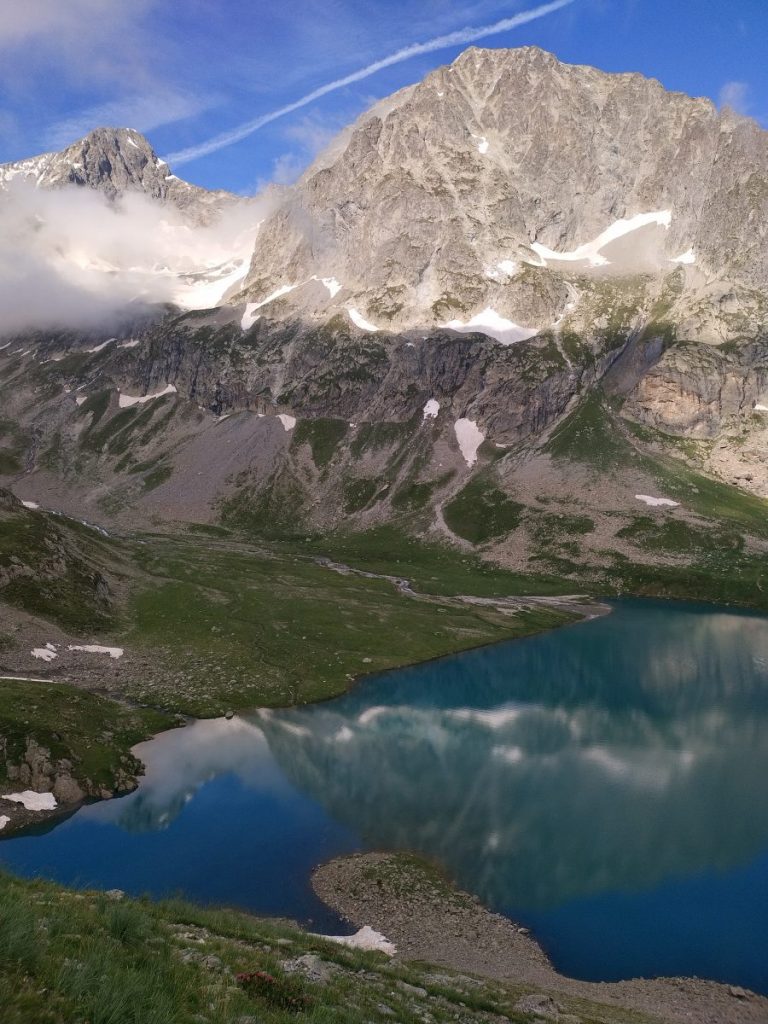Quantifying the Zooplankton link in lakes: GEN-Z

In 1817 already, the French naturalist George Cuvier made observations of the vertical migration of zooplankton in a lake. If zooplankton has been studied for quite some times, we cruel lack a quantitative perspective on zooplankton dynamics, both in space and time, hampering any reliable quantification of the zooplankton abundance, diversity and biogeochemical role in lakes. Herein, we aim at revamping the approach and quantification of zooplankton ‘s role in lakes.
Carbon Cycle in Lake Geneva _ CARBOGEN

We’ve known for 25 years that lakes mostly emit CO2 and other greenhouse gases to the atmosphere, but why they do is still uncertain. For instance, Lake Geneva should be a CO2-sink if it was for the current knowledge of carbon cycling in lakes. However, Lake Geneva is a clear source, emitting as much CO2 annually as the car transportation of the city of Lausanne. In this program, we aimed at solving this conundrum, revisiting our current conception of how carbon cycles in lakes.
Processes under the Ice

Not everything is still under the ice of lakes. and yet, we’ve just begun to have a look to how the physical and biogeochemical processes mingle in the no-so dark waters in winter.
Hydrological and physical changes in high-altitude watersheds

Mountain lakes are particularly exposed to climate warming. If of course we expect those lakes to warm up with climate change, we are still unable to assess at which pace. This is because, in mountain lakes, the cryogenic features, such as lake ice, snow and glaciers on the catchment, considerably affect the energy fluxes… the lake heat does not come straight from the atmospheric heat. Herein, we aim to improve our projections the thermal future of mountain lakes, fulling accounting for both the logistical and intellectual challenges raised by mountain lakes.
